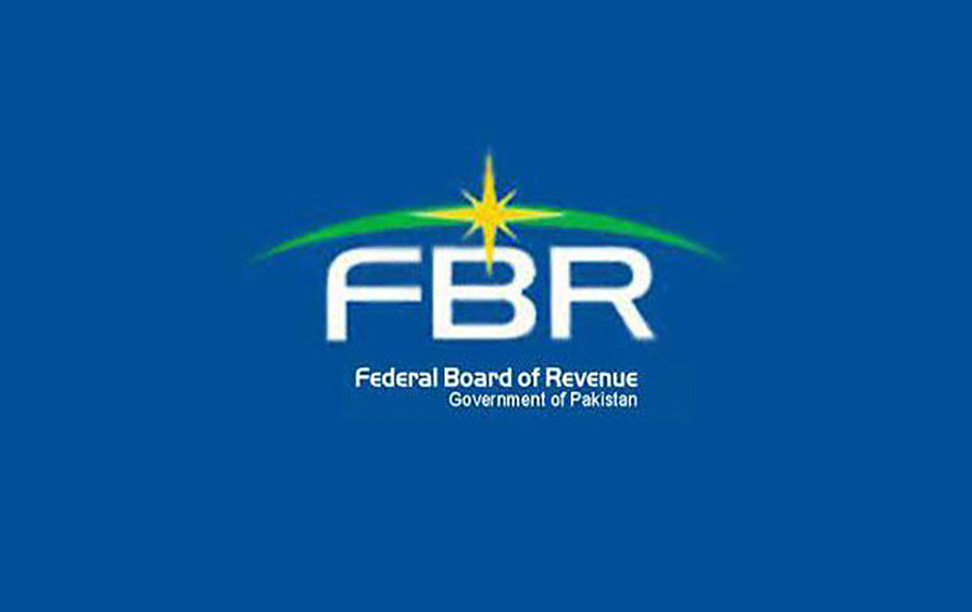January 31, 2024 (MLN): The Federal Cabinet on Tuesday approved the FBR restructuring and digitization plan which has been under deliberation since September 2023.
The plan, a home-grown product, is the outcome of considerable consultations among the Minister of Finance, FBR chairman and members along with independent highly qualified tax experts, Caretaker Minister for Finance and Revenue, Dr Shamshad Akhtar said on Tuesday.
The plan does draw on substantive research and recommendations of the long-standing multilateral engagement and technical assistance studies that were sponsored by FBR over the years.
The caretaker government recognizes the macroeconomic challenges, and it has prioritized critical reforms, particularly the urgency for domestic resource mobilization. Pakistan’s tax-to-GDP ratio has been declining, with FBR tax/GDP ratio barely 8.5% in 2022/23, while the country’s tax capacity has remained largely around 22% of GDP including the taxes under the purview of provinces that yield barely 1% of GDP revenues.
During her speech, she informed that the number of taxpayers in Pakistan is barely 2.3 million. Corporate tax filers are 0.8% of commercial and industrial electricity users and GST-registered entities are barely 13% of the 1.4 million taxpayers.
FBR’s ability to tap tax sources under its jurisdiction has been constrained by complex and opaque tax administration, top-heavy management that lacks delegation and accountability, an excessively large pool of staff and conflict of interest between policy and collection functions that are under one roof.
A high level of policy gaps exists because of high revenue sources assigned to provinces and large undocumented sectors have served as an impediment. In parallel, the compliance tax gap is large too because of lack of failure to bring in the tax net of what is feasible to achieve such as wholesalers and service providers etc.
The overwhelming undocumented sector, absence of data and the lack of digital integration, tax evasion and avoidance because of loopholes in legal and administrative systems and integrity issues are some of the critical gaps in tax administration.
She further stated that the plan for FBR’s restructuring and digitization approved by the Federal Cabinet has two components.
One pertains to several initiatives & interventions which is expected to reduce the leakages because of a lack of adequate documentation that has complicated raising the number of filers, significant tax evasion and avoidance.
The traditional model of relying on tax officials to identify tax evasion and plug leakages has not delivered results, but rather aggravated the problems of malpractices.
Going forward, the Tax Administration will be driven by advanced technology, utilizing Big Data, leveraging data analytics and Artificial Intelligence systems.
The blueprint for the digital transformation of the Tax authority has been prepared, which has the following main components:
- The Documentation has already been introduced making it mandatory for organizations, both public and private to share data about assets, transactions and income with the FBR through a digital platform.
- Digital Invoicing to capture Sales and purchase transactions across the entire supply chain, which is mostly undocumented right now.
- Leveraging the technological prowess of NADRA and bringing in Karandaaz and the support of the Bill Melinda and Gates Foundation to help digitize tax collection. Together, over the period, these reinforcements will foster IT integration across different organizations.
- Digitization of Withholding Tax Collection would address another area of huge compliance gap in the tax administration, as many withholding agents are engaged in different kinds of violations & malpractices, which are currently not being detected in the manual & outdated process.
- A new & simplified scheme for untaxed sectors has also been devised based on a technology platform, to ensure that there is no human interaction of such small businesses with tax officials, which results in complaints & malpractices.
The second component focuses on the rationalization of the FBR structure key elements of which are:
- Separation of policy function from operations – former to be handled by the Federal Policy Board with a new Board composition and mandate, while separating the operations mostly the collection function.
- Establishment of separate Customs and Inland Revenue organizations headed by DGs from respective service cadres, given that these organizations handle different taxes.
- Strengthening the governance of the FBR structure by institutionalizing a new oversight mechanism (separate for Customs and Inland Revenue). Oversight boards will be responsible for holding these outfits for higher standards of performance assessment and service delivery, while ensuring policy and compliance functions as set by the Federal Policy Board.
- The Federal Policy Board would be headed by the Finance Minister and would include academic professionals as members to be nominated by the Finance Minister, on predetermined fit and proper criteria, with no conflict of interest and approved by the Federal Government.
- A Tax Policy Office will be established in the Revenue Division with a mandate to conduct solid research and offer empirical analysis on taxation structure issues and based on it recommend tax policy changes and assess the projections of possible revenue from different sectors which currently may not be estimated properly.
- With this new structure and measures of broadening the tax base and integration of data enhancement and technology, and transformation of PRAL into a cutting-edge technology company with the support of NADRA, expectations are that the tax administration would be able to lift the tax/GDP ratio to 18% in 5 years (by 2029).
- The competence of the caretaker government to develop the proposals for the Restructuring & Digitization of FBR was endorsed by the Cabinet and an implementation committee will be notified to carry out follow-up activities to prepare the required package of legislative & administrative changes.
There will be no retrenchment of Staff and they will retain their civil service status. FBR will carry out this restructuring within its existing resources and budget.
Copyright Mettis Link News
Posted on: 2024-01-31T10:11:59+05:00







